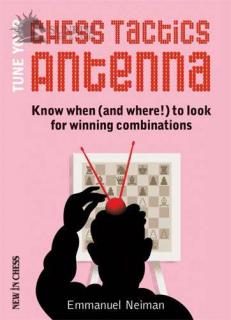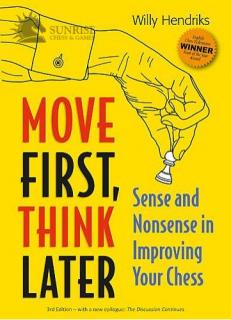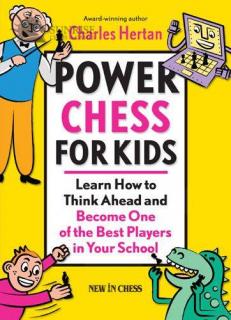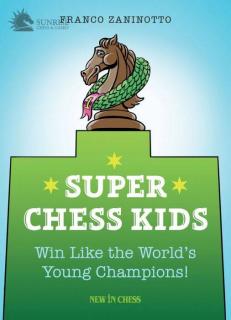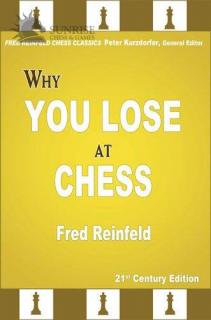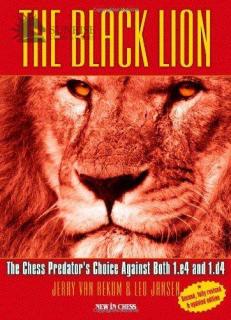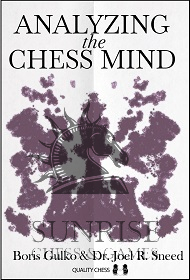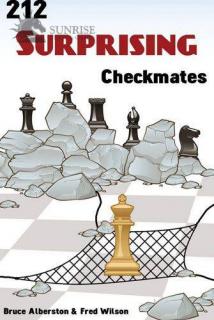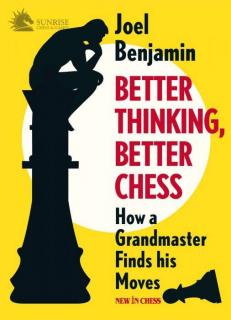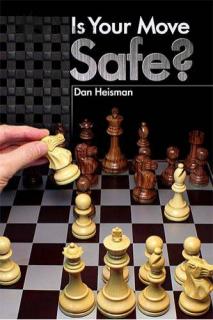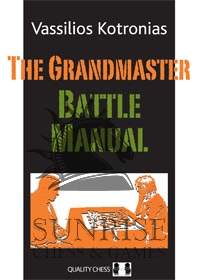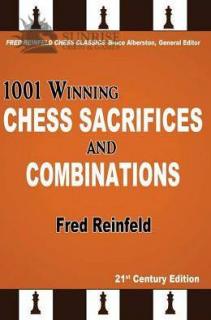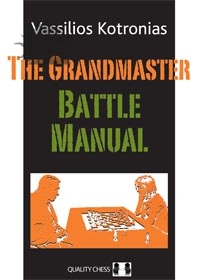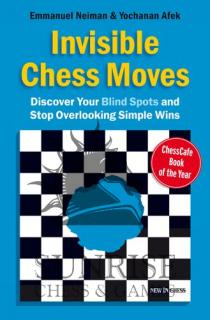
Invisible Chess Moves
Książka opisująca momenty zaćmienia szachowego, kiedy nawet najlepsi gracze nie są w stanie dostrzec kontynuacji mimo, że ruch którego szukają jest na wyciągnięcie ręki i niejednokrotnie wydaje się zbyt oczywisty przez co jest pomijany.
Opisane przeoczenia są ciekawy spojrzeniem na psychologiczny aspekt szachów. Uświadomienie sobie w jakich sytuacjach dochodzi do takich przeoczeń może wpłynąć na poprawę gry zawodnika. Książka dzieli się na rozdziały i rozpatruje kilka rodzajów ,,niewidzialnych'' ruchów i zawiera wiele przykładów z partii szachistów na najwyższym poziomie. Bardzo pouczająca lektura.
- Sklep: Sklep Szachowy: Szachy, Figury, Zegary, Książki, GRAWEROWANIE LASEROWE! - Polski Producent szachów e
- Kategoria: KSIĄŻKI SZACHOWE/KSIĄŻKI - PO ANGIELSKU/Książki New In Chess
- Marka: Wydawnictwo New in Chess
- Dostępność: na stanie
- Zaktualizowany: 28.10.2024
- Cena: 95.00 zł
